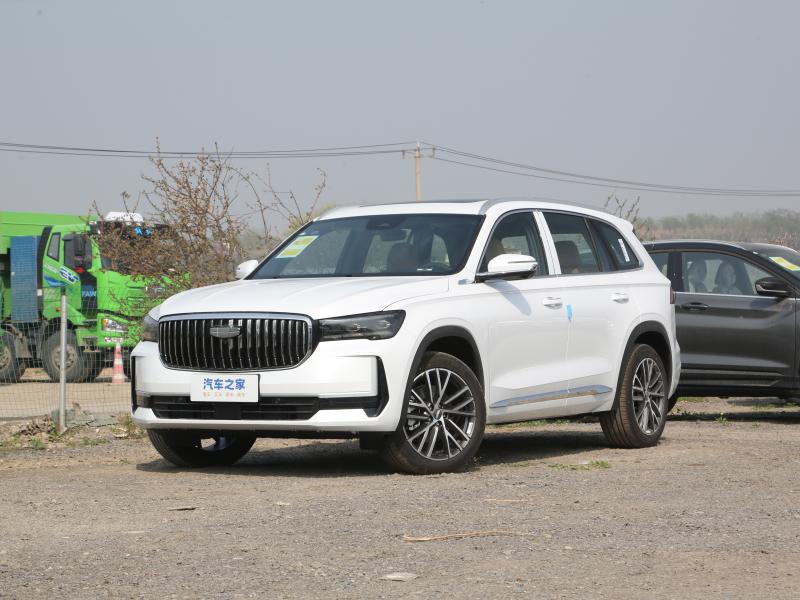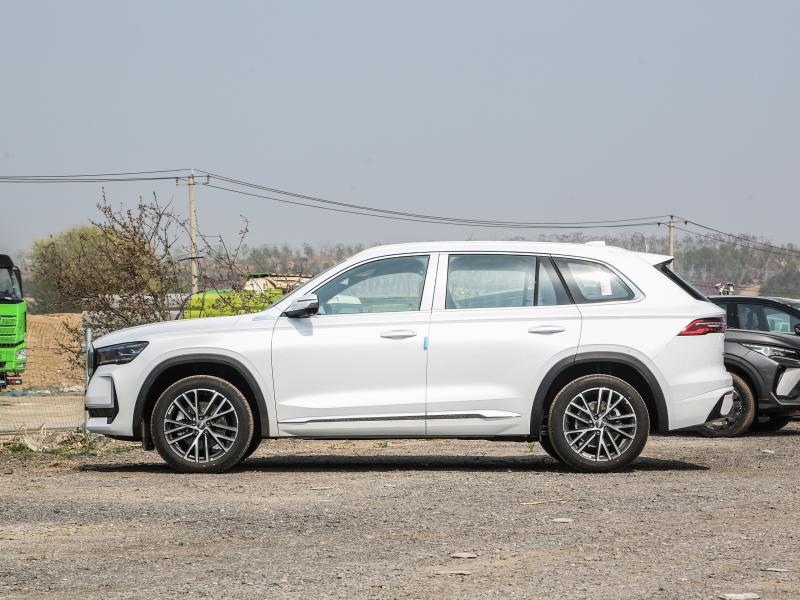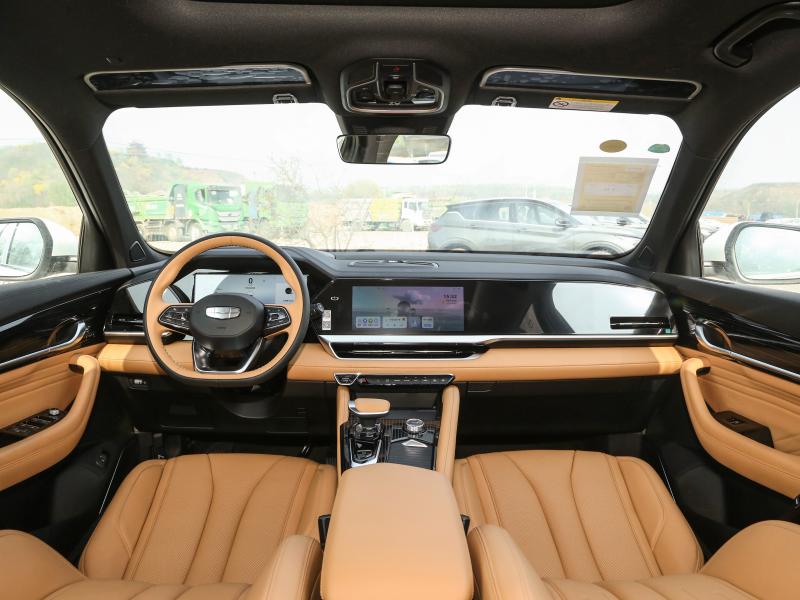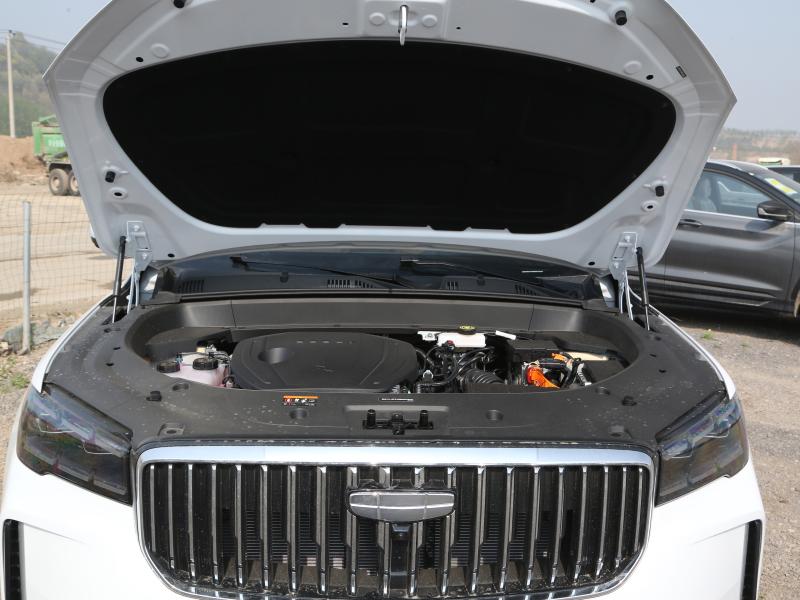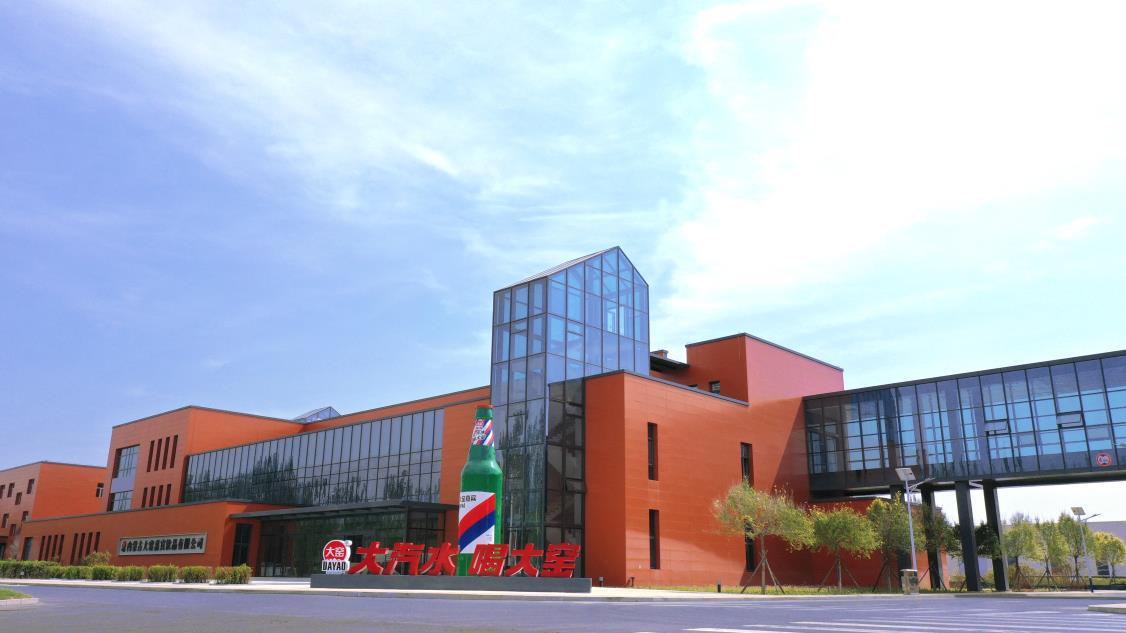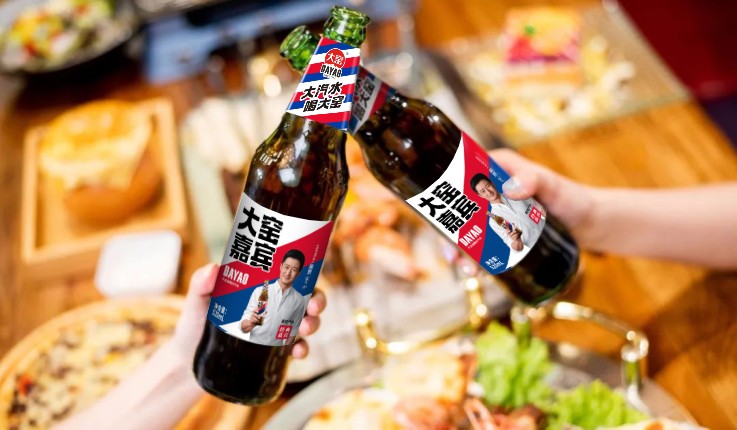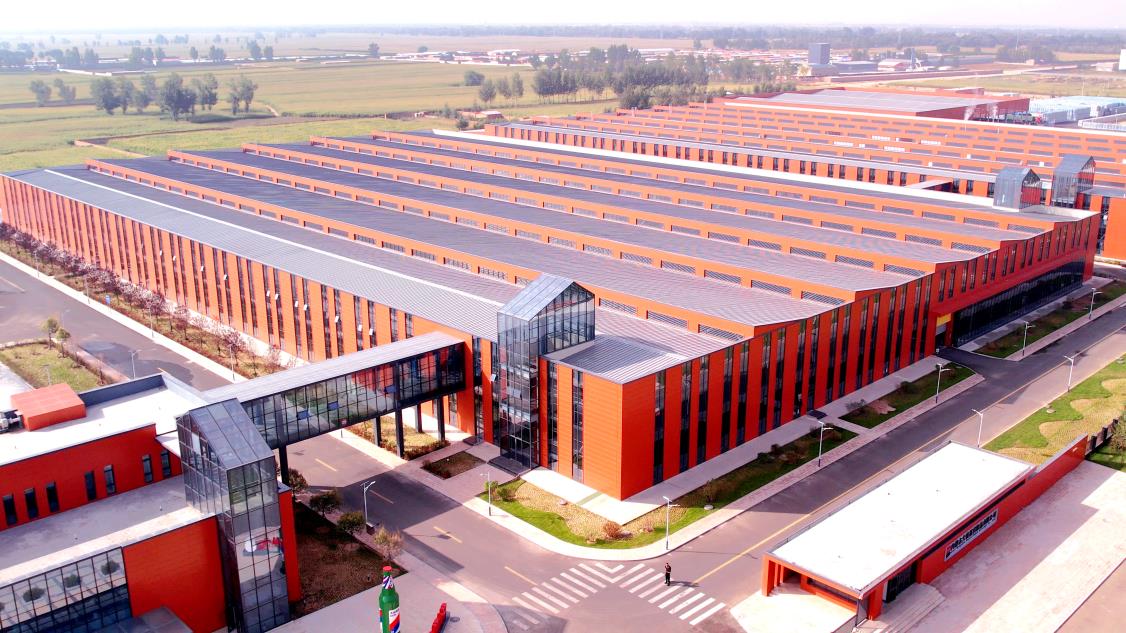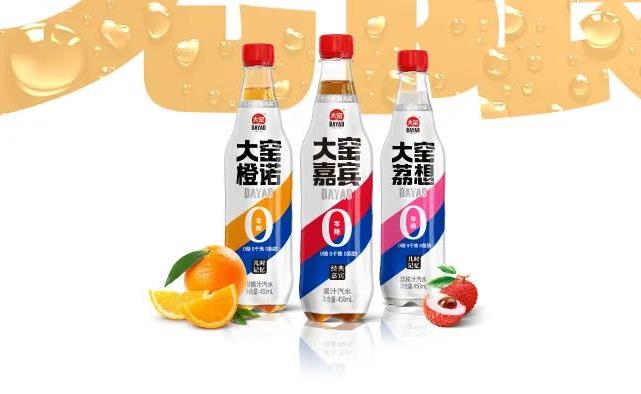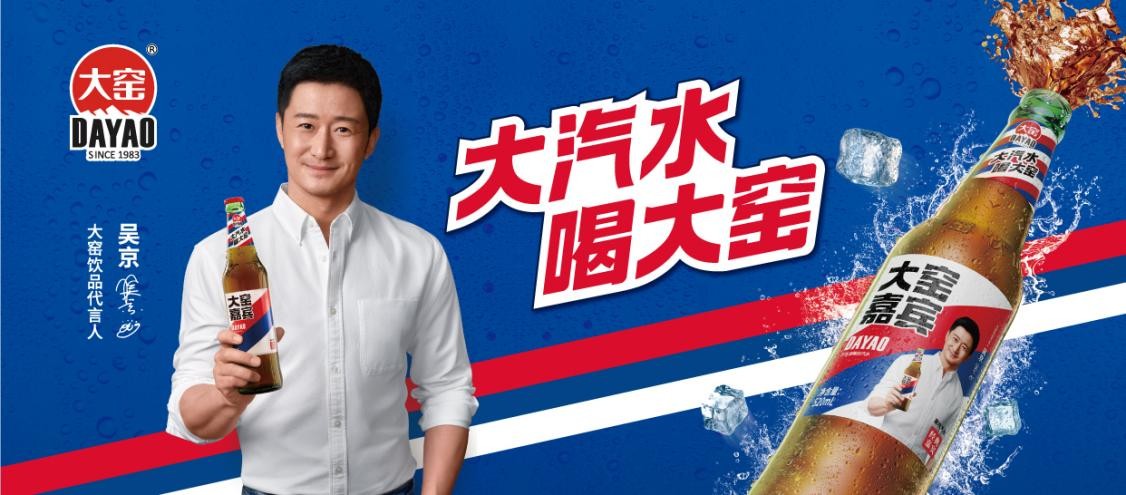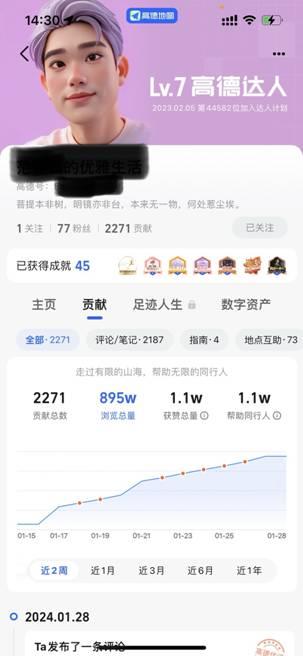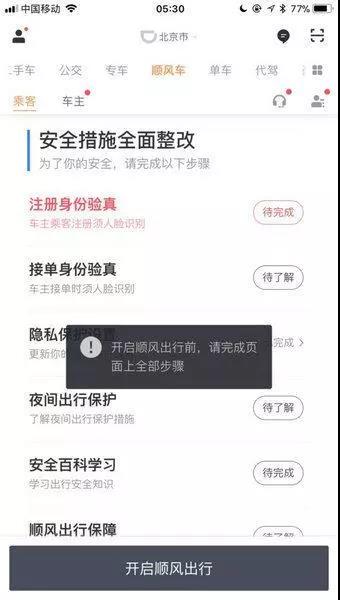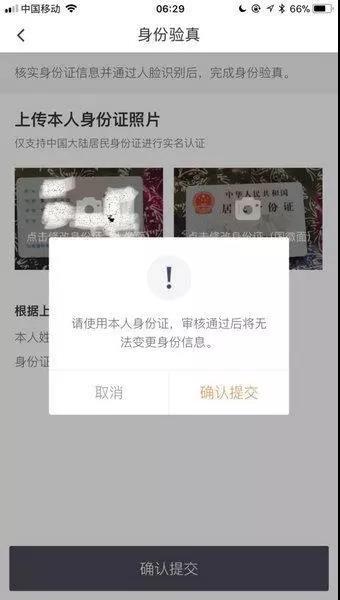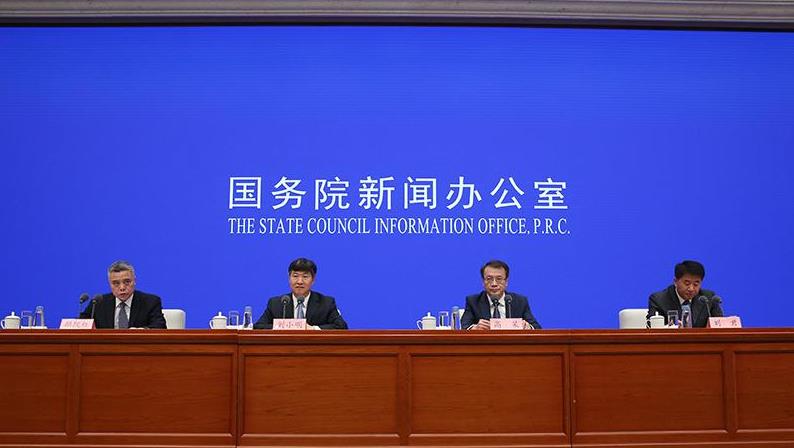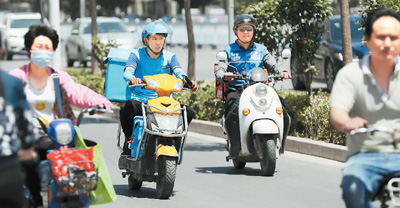
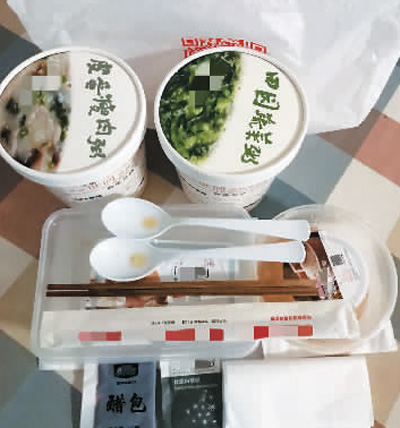
For a takeaway meal of less than 30 yuan, the waste generated includes 4 lunch boxes, 2 sets of tableware, and 1 outer packaging bag. Among them, the included vinegar, sugar, etc. are all used unopened when discarded. This reporter, photo by Li Jie
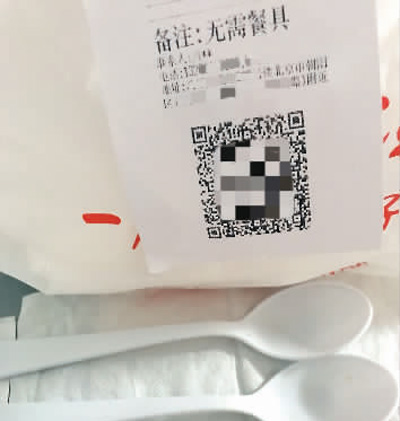
The consumer ordered a meal that was about the regular amount for 2 people and noted "no tableware required" in the takeaway order, but the delivered takeaway still came with 2 sets of tableware. Our reporter, photo by Li Jie
With the ding dong sound of mobile phone orders, the back kitchen of the restaurant a few kilometers away began to get busy. Quickly dress up, seal and pack, follow the takeaway "knight" through the city streets, and in a few minutes, the food can reach the consumer. According to relevant agency data, the number of takeaway users in China has exceeded 300 million. The industry surrounding takeout has benefited many people, including unprecedented convenience, huge employment, and more lucrative profits, but at the same time, it has also spawned unimaginable takeaway waste – lunch boxes, tableware, paper towels, plastic film, outer packaging bags… How much is this? We have calculated with consumers in different cities.
Look at the quantity:
National takeaway user growth to 358 million, each takeaway has multiple disposable lunch boxes, tableware
Gao Yang, a "post-90s generation" living in Beijing, is a loyal user of takeout and orders almost every day. At less than 10 am this morning, Gao Yang opened his mobile APP and ordered a roujiamo and a bowl of wontons for 24 yuan. Because it is still the breakfast time of this store before 10 am, the price is cheaper, Gao Yang specially placed an order early. The regular customer already knows how to save money.
About half an hour later, the takeaway was delivered smoothly, and the food was unfolded in front of them, along with various packages: the outer package was a paper bag designed by the merchant. When the bag was opened, a bowl of wontons was packed in a paper bowl with a plastic sealing lid; Roujiamo was a paper package with a plastic film inside; there was also a paper-sealed tableware containing wooden chopsticks, log paper towels, plastic white spoons, toothpicks, and sugar-free mints.
After eating all the food, Gao Yang paid special attention to it. Although the food was simple Roujiamo and wontons, the amount of garbage was not small: wooden chopsticks, toothpicks; paper packaging, lunch boxes, paper towels; plastic lids, spoons, some even unused, such as toothpicks and excess paper towels, but all went into the trash can.
Gao Yang has seen a variety of packaging, and the difference is mainly in the lunch box. "Generally, according to the type of food, different merchants will use different packaging methods." Gao Yang said that for example, rice will be wrapped in a tinfoil box with a layer of cardboard on the outside; dumplings are afraid of sticking, and there will be many plastic compartments in the packaging box, which are also divided into upper and lower layers; liquid foods such as porridge have a high temperature and will use waterproof paper materials; and drinks such as milk tea will also send milk saucers in addition to beverage boxes. Plastic and paper materials are different…
Lunch boxes, tableware, and outer packaging bags, along with every takeaway order, will generate such a bag of garbage. Considering the huge takeaway user base, the scale cannot be underestimated.
According to iiMedia Consulting’s report, as of 2018, the number of takeaway users across the country has grown to 358 million, and the entire takeaway market has exceeded 240 billion yuan. Previously, data from several major takeaway platforms showed that the average unit price of takeaway customers has exceeded 40 yuan. If this is roughly estimated, in 2018, the country will send out more than 10 million takeaways every day, and the number of packages such as lunch boxes delivered to consumers every day is also 10 million.
Zheng Yixing, founder of Beijing Box Lihuo Environmental Protection Technology Co., Ltd., said that according to the field statistics of his company, there are at least three disposable plastic lunch boxes in each takeaway. His company once worked with scavengers under an office building in Beijing to sort the garbage collected from the property every day. It was found that the weight proportion of takeaway garbage generated by the office building was at least 40%, and some even reached 50%, and the volume proportion could reach 60% to 70%.
Look at the material:
Casseroles, porcelain plates and other materials are increasingly being packaged, but consumers have doubts about multiple uses
With the development of the takeaway industry, merchants have begun to make improvements in the packaging of lunch boxes.
Luo Maolin, a white-collar worker working in Shanghai, recently ordered a rice pot. The unit price was less than 30 yuan. After delivery, he found that it was packaged in casserole. Check the store that specializes in food supplements and rice on the takeaway platform, and the page details the reasons for choosing casserole packaging. The merchant said that on the one hand, the soil-fired container can be harmless and degraded, which is more environmentally friendly; on the other hand, it avoids the food insecurity that may be caused by pouring boiling soup made at high temperature into plastic packaging. At the same time, the merchant also specially marked that "the goods do not charge additional packaging fees".
When ordering food, the store’s packaging fee displayed on the takeaway platform is indeed only 2 yuan. But as a consumer, Luo Maolin has a different opinion: "The wool comes from the sheep, and the price of the casserole has to be discounted from the meal fee." According to industry insiders, when merchants enter the platform to confirm the packaging price, they need to take pictures of the meal, and then choose whether they need a separate lunch box. If necessary, the platform system will display different price options. At present, the price of a package is mostly 1-2 yuan. If the value of the package selected by the merchant exceeds the price displayed by the platform, it will not be displayed on the client, but "the merchant will never do business at a loss".
In interviews, many consumers said they had received takeout packages made of casseroles, porcelain plates, glass bottles, and other materials because they seemed more valuable and were recycled containers. Some also confirmed with the merchant whether they needed to recycle them, while others considered it a pity to discard them, but they were not assured of long-term use.
Shen Qihui, who works at a law firm in Beijing, found that the degree of "luxury" of the packaging is directly related to the price of takeaway. If it is relatively expensive food such as sea cucumber and abalone, it is generally used in casseroles or glass containers. The tableware is also made of iron, which looks better texture. But because these tableware is easy to break, it will be added shock-proof packaging or tightly wrapped with hard cardboard on the outside, which will add additional packaging materials. Many consumers say that these tableware is wasteful to use once, but even if they are left for secondary use at that time, they are often thrown away after a long time. "After all, I didn’t buy it myself, so I don’t worry."
It is true that there are takeaways who visit the recycled tableware again, but they are in the minority. Qian Hazel, a white-collar worker in Guangzhou, once ordered takeout from a hot pot restaurant of a certain brand, and welcomed a takeaway brother who delivered a full set of services. I saw that the takeaway brother carried a large box to the door, which contained not only lunch boxes and tableware containing hot pot ingredients, but also pots, induction cookers, sockets and plastic tablecloths. "As soon as you enter the door, the takeaway brother will help spread the plastic tablecloth. After eating the hot pot, you only need to put the pots, induction cookers, lunch boxes and other things into the box and put them at the door. The takeaway brother will recycle according to the time reserved in advance." For such a takeaway service, all goods are marked with "no additional packaging fee", but the pots and stoves provided to customers will be charged 50 yuan for use, recycling and cleaning.
Look at the disposal:
Lunch boxes, tableware, and outer packaging need to be reduced, and platforms and merchants can do more. Garbage classification brings benefits
How can we help reduce the amount of takeaway waste? For tableware such as chopsticks and spoons, many platforms have launched the option of automatically checking whether tableware is required, but in actual use, there are common problems.
"The tableware can be prepared by yourself and used repeatedly, which is very easy to achieve." Zhang Tian, who is an intern in Shanghai, said that there are often cases where tableware is ticked off on the takeaway platform and finally delivered. Depending on the total amount of food, several sets of tableware are sometimes sent, and the unused ones are finally thrown away.
In different places such as Beijing, Shanghai, Guangzhou, Shenzhen, etc., consumers generally report the existence of this problem. According to industry insiders, in many merchant stores, takeaway packaging is prepared in advance, especially during lunch time, which may take three or four hundred takeaways within two hours. In order to catch up with orders, merchants often do not distinguish between which tableware is needed and which is not. "Although one or two copies does not seem to take time, it adds up to a lot. When the orders arrive in a centralized manner, the merchants simply do not care about these." This also leads to in many places, whether to tick the tableware option is useless.
In terms of lunch boxes, many consumers say that because food has to be transported over several kilometers, containers and outer packaging such as lunch boxes are essential, but merchants can try to avoid excessive packaging. "For example, sometimes in order to prevent leakage, merchants will wrap many layers of plastic wrap around the outside of the lunch box, which cannot be unwrapped, which not only wastes materials and causes environmental pollution, but also brings great inconvenience," Gao Yang said. In addition, there are some disposable plastic lunch boxes and tableware packaging similar to waist seals, which are too thick, and the ornamental function is also greater than the use value.
In Zheng Yixing’s opinion, there is no good alternative and solution to the large amount of takeaway waste currently generated, especially lunch boxes, but there is still room for efforts by all parties in the industrial chain. On the one hand, the platform can carry out stricter environmental control, including providing users with feedback channels on the performance of merchants in environmental protection, such as whether they do not send tableware on demand, etc., and can also use the environmental evaluation of merchants as a ranking indicator to guide merchants and consumers to choose more environmentally friendly dining methods; on the other hand, merchants should exercise stricter self-restraint, including providing customers with safer food packaging.
Specialized institutions and companies have emerged in the market for how to further recycle a large amount of takeaway waste. In the past, during the recycling process, the food waste, moisture, grease and other recyclables in the takeaway lunch box were easily polluted, which made it lose the value of recycling or brought excessive disposal costs. However, since Shanghai first implemented garbage sorting in the country, the recycling and reuse of takeaway waste is also considered to have ignited "new hope".
